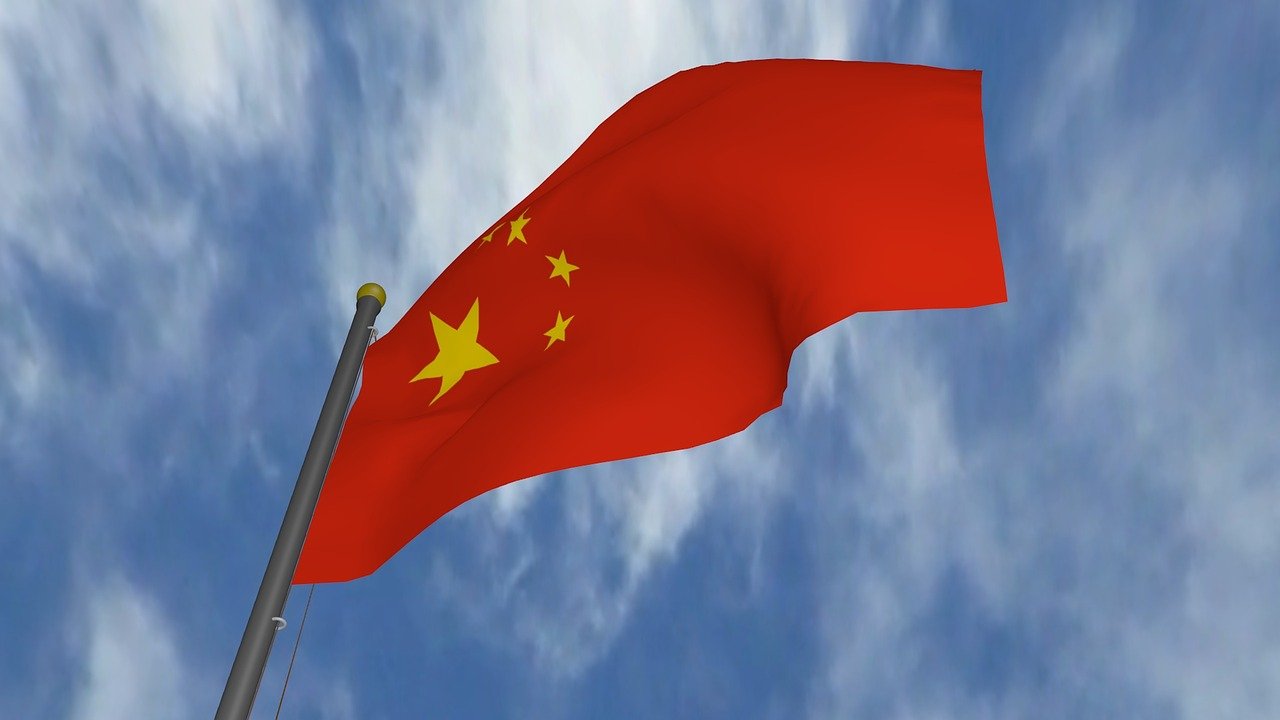On the 8th local time, the International Monetary Fund said that thanks to China’s strong epidemic prevention measures in 2020, GDP growth is expected to be 1.9% in 2020 and 7.9% in 2021.
China has quickly launched policy actions to mitigate the impact of the crisis to support the sustained recovery of the economy from the crisis. China’s macroeconomic and financial policies have supported the economic recovery, while progress has been made in structural reform.
In this regard, Helge Berger, Assistant Director of the Asia-Pacific Department and Director of China Affairs of the International Monetary Fund, gave an exclusive interview to CCTV reporters in Washington. In addition to affirming the help of China’s anti-epidemic achievements in economic recovery, it also expressed expectations for the prospects of China’s economic transformation.
Helge Berger believes that the Chinese government’s response to the coronavirus epidemic in 2020 and the mitigation policy of the impact of the epidemic have played an important role in economic recovery, which is very outstanding and ahead of other countries similar size to China.
China’s policymakers have mainly achieved three things: curb the virus, mitigate the impact of the epidemic on the economy, and macroeconomic policies play an important role in the economic recovery after the epidemic is controlled.
That’s why he thinks that China’s economic growth will continue into 2021. Looking deep from the strong growth rate in the fourth quarter of last year, it is found that although the recovery is strong overall, it is still heavily dependent on public support, and private consumption has not recovered as in other areas of GDP.
This means that the “cliff” of macroeconomic policy must be avoided and support for growth cannot be withdrawn before conditions are ripe.
Speaking of whether China can cope with the risks of adopting a two-cycle growth model in the future, Helge Berger said that they have long supported China’s transformation to a high-quality and more balanced model.
The philosophy behind the double cycle is in line with this transformation, which means that there are both short-term and long-term aspects.
In the short term, avoid withdrawing macroeconomic policy support when conditions are immature, and help switch from traditional infrastructure investment to smart investment and green investment and home support.
In the long run, there are a series of reforms that can help to make the transition to more balanced and high-quality growth. China’s structural reform has not been suspended during the epidemic.
It is good news to highlight the progress in key areas, especially the opening of the domestic financial services market to international institutions. Reform in the industrial field is relatively slow, including the reform of state-owned enterprises, the adjustment of the vertical reform of the competitive environment of state-owned enterprises and private enterprises, and there is more room.
According to the GDP growth data (including expectations) released by the Chinese government for 2015 to 2025, the 2020-2021 period is volatile, but China’s GDP growth has been steadily declining in the long run, which may mean that China is transforming into an economic model of high-quality growth.
Can the decline in GDP growth further promote China’s economic transformation? In this regard, Helge Berger said that if the macro growth figure is reduced, it is not necessarily a bad thing, as long as it means that growth is shifting to high quality, such as economic growth is more consumer-led rather than investment, and focusing on green development to actively respond to climate change.
“As long as it is high-quality and inclusive growth, ensure that everyone participates, especially low-income families, and expand China’s achievements in poverty alleviation.” “We expect growth to decline steadily, and we believe policymakers will ensure that it is towards higher quality growth. Transformation, and ultimately will make China better.”



